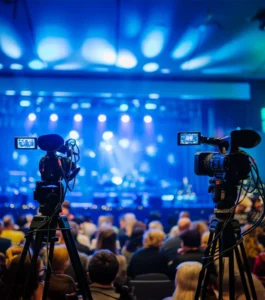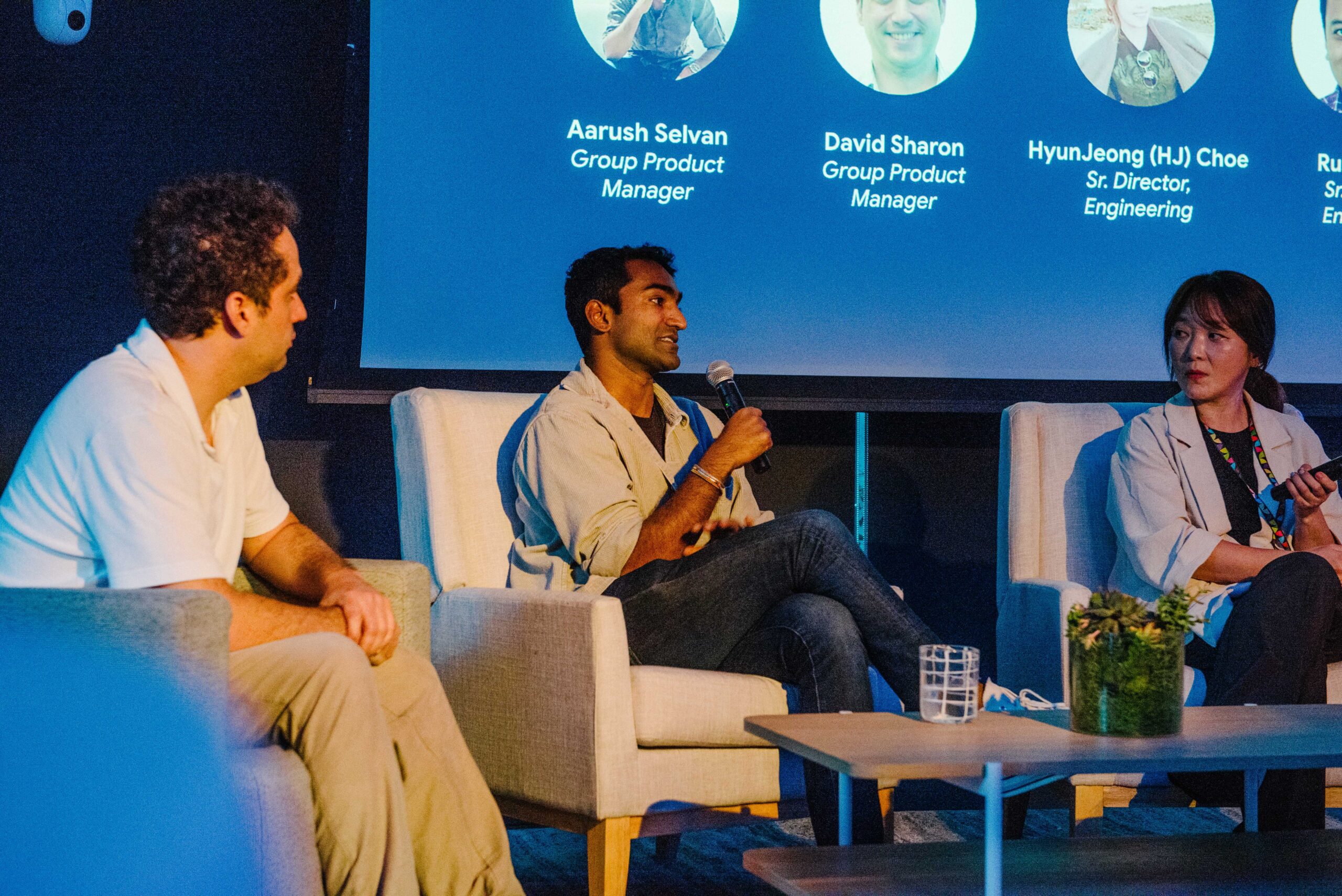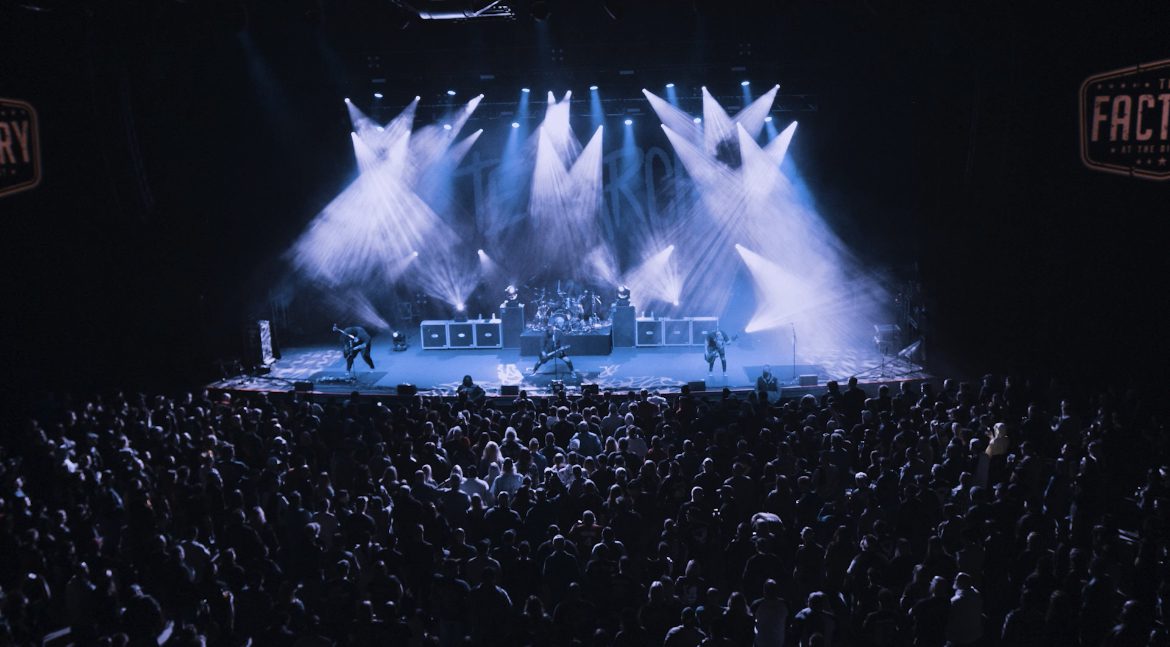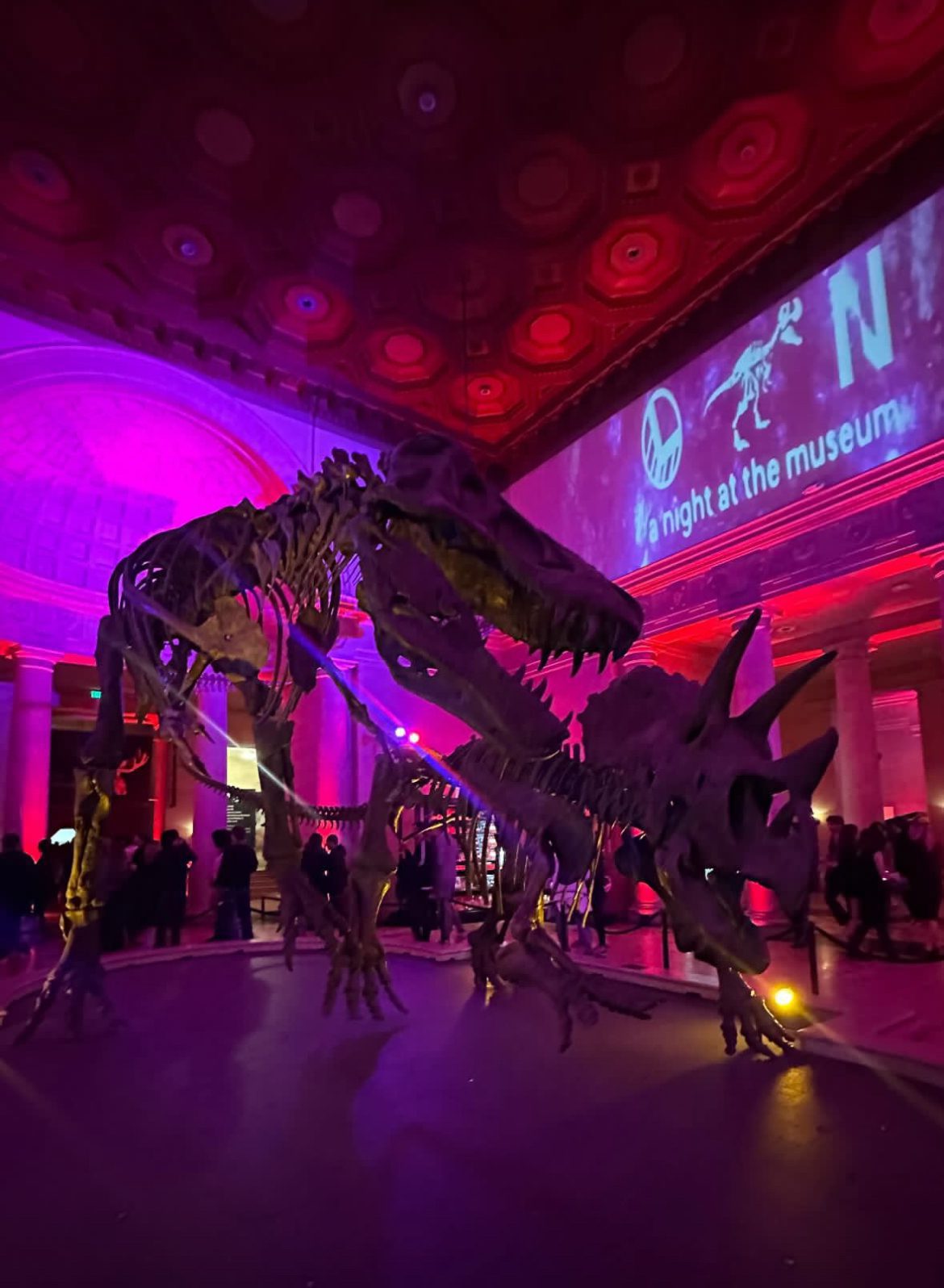Elevating Trade Shows and Conferences: Crafting the Perfect Audio and Visual Experience
Creating a successful trade show or conference requires navigating a variety of challenges, from managing the acoustics of the venue to ensuring the reliability of equipment and seamless IT integration. The process is a blend of strategic planning, custom design, detailed testing, and on-the-spot management, all focused on delivering a smooth and impactful experience for every attendee.
Challenges in Delivering Audio and Visuals for Large Conferences

Venue Acoustics and Layout
Understanding and adapting to the unique acoustics and layout of each venue is crucial for optimizing sound quality and visual clarity. This involves careful consideration of speaker placement, microphone setup, and visual display positioning to ensure that every participant can engage fully with the content.
Equipment and Technology
Reliable and high-quality equipment is essential to the success of any conference. From sound systems to projectors and lighting, choosing the right technology and ensuring it functions flawlessly is key to maintaining a professional and polished event.
Integration with IT Systems
In today’s tech-driven world, seamless integration with IT systems is often required, whether for live streaming, virtual participation, or interactive elements. Ensuring compatibility and smooth operation across all platforms is a critical aspect of the planning process.
Logistics and Coordination
Large conferences involve the coordination of multiple teams and vendors. Synchronizing audio and visual elements with the event schedule, as well as coordinating with other service providers, requires meticulous planning and clear communication to ensure everything runs like clockwork.
Audience Engagement and Experience
The success of a conference often hinges on audience engagement. This includes not only clear audio and crisp visuals but also interactive elements and a well-designed environment that keeps attendees focused and involved throughout the event.
Contingency Planning
No matter how well-planned, unexpected issues can arise. Having a robust contingency plan in place—covering everything from equipment malfunctions to last-minute changes in the program—is essential to keeping the event on track and minimizing disruptions.
The Creative Process of Producing Audio and Visuals for Large Conferences

Initial Planning and Consultation
The process begins with in-depth consultations to understand the event’s goals, the client’s vision, and any specific technical requirements. This stage lays the foundation for a customized approach that aligns with the overall event strategy.
Design and Concept Development
Next, we move into the design phase, where we create a tailored audio and visual concept that enhances the event’s theme and objectives. This includes selecting the right equipment, designing the layout, and planning for any interactive or multimedia elements.
Equipment Selection and Testing
With the design in place, we carefully select and test all necessary equipment. This step is crucial to ensuring that everything works as intended and that we’re prepared to handle any technical challenges that might arise.
Implementation and Execution
On the day of the event, our team is on-site early to oversee the setup and execution of all audio and visual components. We manage the real-time operation, making adjustments as needed to ensure a flawless experience for attendees.
Post-Event Review and Feedback
After the event, we conduct a thorough review to evaluate what worked well and identify areas for improvement. Gathering feedback from the client and attendees helps us continually refine our approach and deliver even better results in future events.
At Live Pros, we specialize in creating immersive and engaging audio and visual experiences for trade shows and conferences. Our meticulous approach ensures that every detail is covered, from initial planning to post-event analysis, allowing you to focus on what matters most—connecting with your audience.







